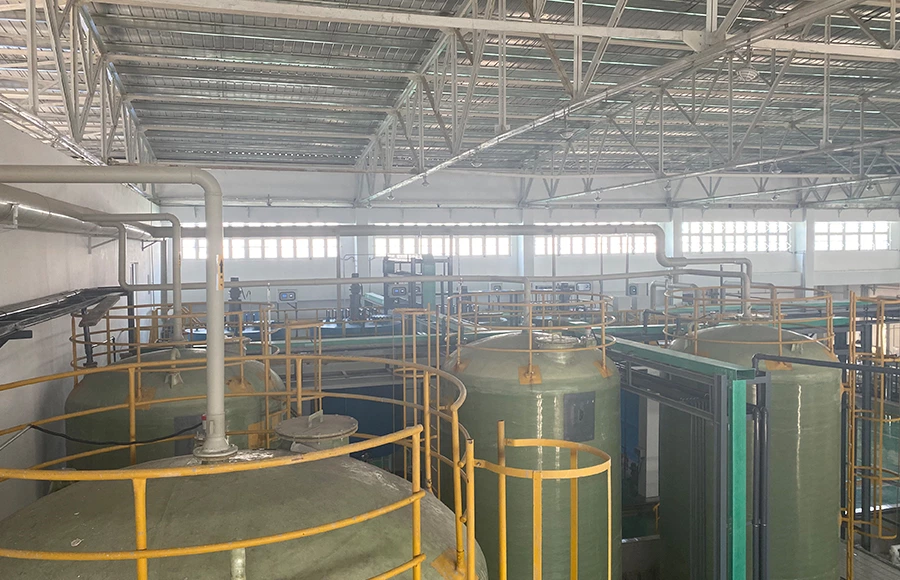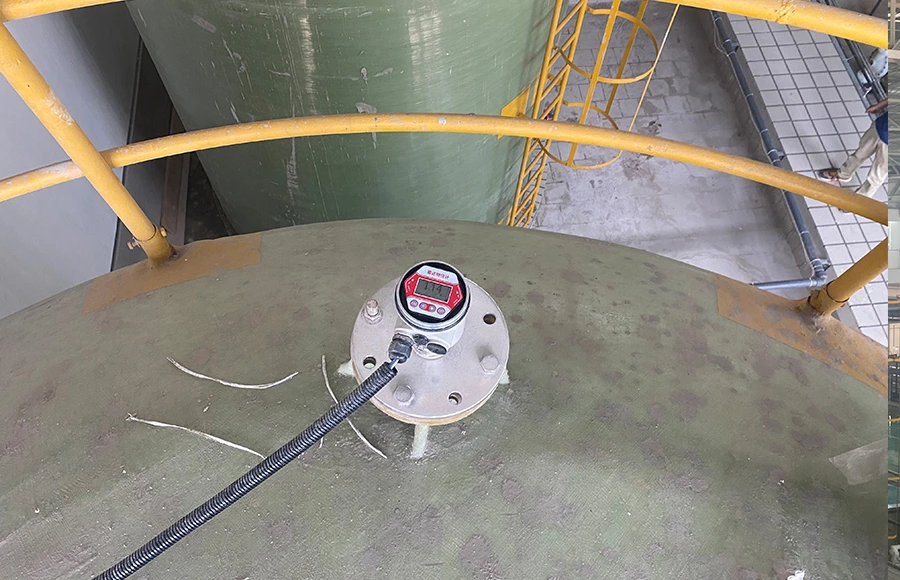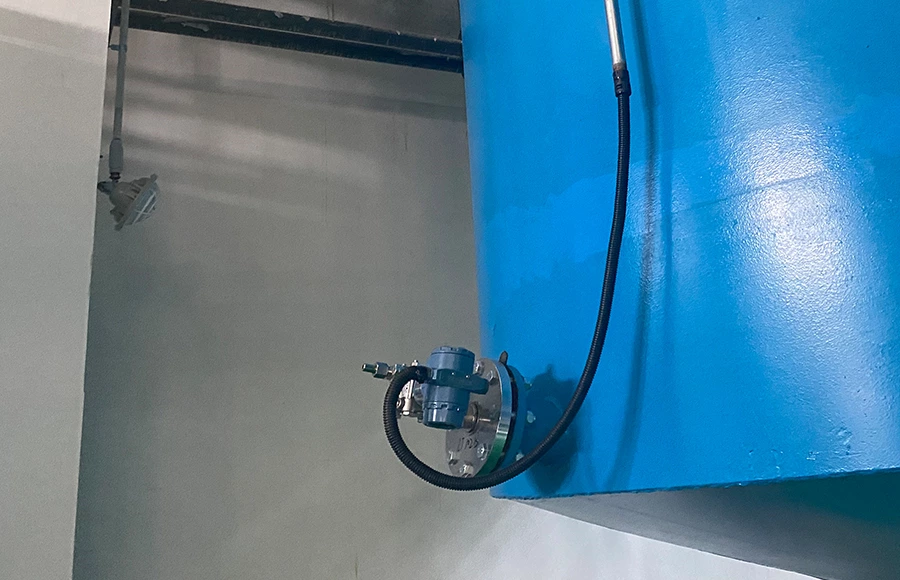A tank level transmitter is a type of level sensor used to measure the level of liquids or solids in tanks, vessels, or silos. It uses various technologies such as hydrostatic pressure, ultrasonic, radar, and capacitive to detect the level and convert it into an electrical signal that can be transmitted to a control system for monitoring and control purposes. The tank level transmitter provides accurate and reliable level measurements, which are essential in industries such as chemical processing, oil and gas, and water treatment. It can be used for measuring both the total volume and the rate of change of liquid or solid level in tanks, allowing operators to optimize inventory management, prevent spills, and ensure that processes run smoothly. Additionally, tank level transmitters can be designed to operate in harsh environments, making them suitable for use in a range of industrial applications.
Supmea radar level transmitter and single flange differential pressure level transmitter for tank level monitoring.

The radar level transmitter measures the level based on the time of flight (TOF) principle and is not affected by the temperature and pressure of the medium.
Introduction to the working principle of different level transmitter.

The differential pressure (DP) liquid level transmitter adopts the same working principle as the pressure transmitter: the medium pressure directly acts on the sensitive diaphragm, and the corresponding liquid level height is calculated according to the density of the medium and the corresponding pressure.
What is the difference between single flange and double flange DP level transmitter.




